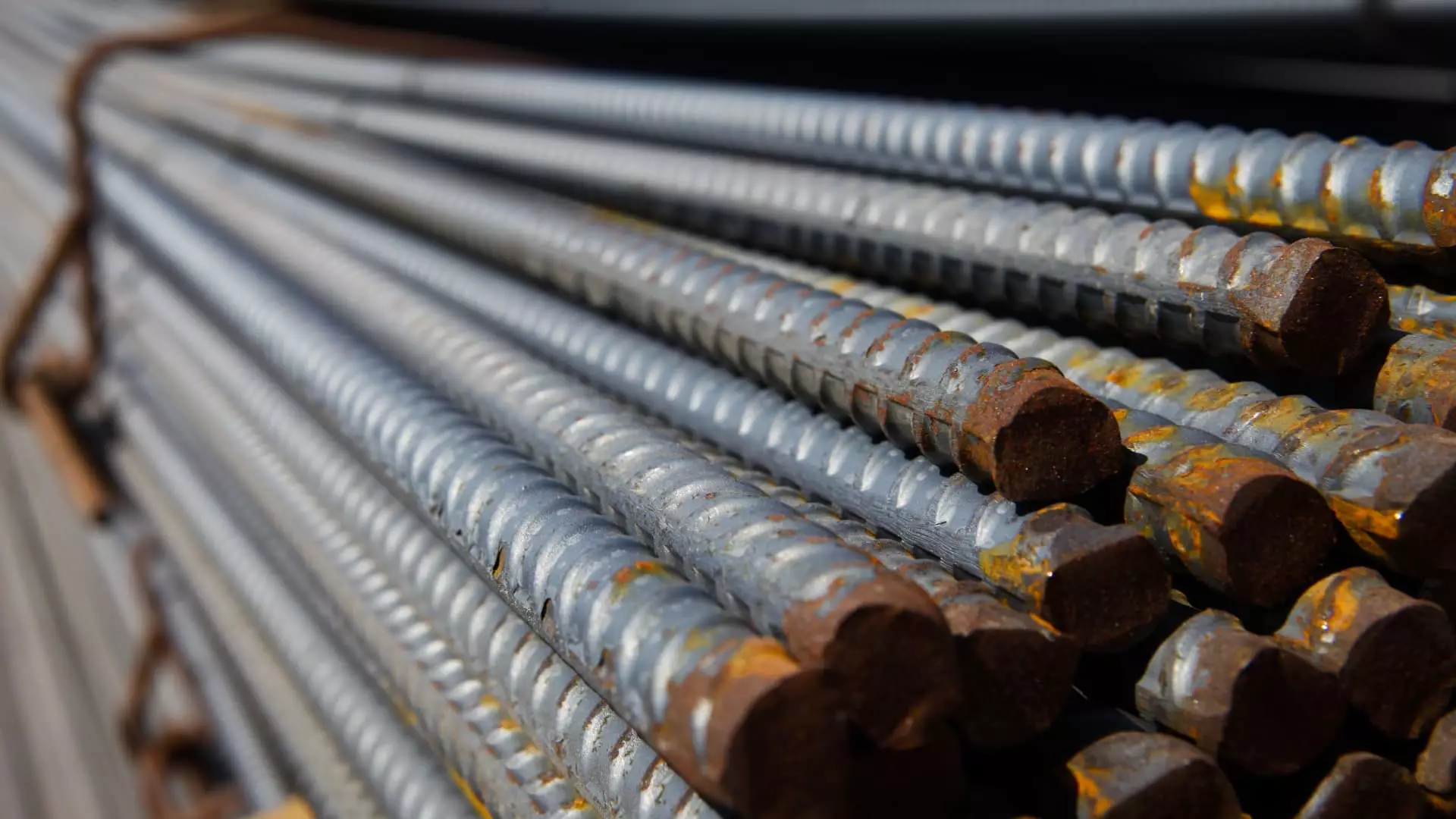The steel industry in the United States has been significantly influenced by trade policies, particularly those initiated during the Trump administration. Recent developments, including the imposition of tariffs on imports from key trading partners, have left stakeholders grappling with both immediate gains and longer-term uncertainties. As the scenario unfolds, steelmakers are caught in a web of benefits and disruptions that could shape the industry’s future.
President Donald Trump’s decision to levy a 25% tariff on steel imports from Canada and Mexico, along with a 10% tariff on those from China, was initially expected to provide a much-needed boost for U.S. steelmakers. The rationale underlying this approach stems from an aspiration to protect domestic industries from what has been characterized as “illegal dumping” and unfair pricing practices. Companies anticipated that these tariffs would lead to higher domestic production and, subsequently, elevated prices.
However, while tariffs can protect local jobs and help steel producers regain a competitive edge, they can also lead to increased costs for downstream industries reliant on steel. This introduces significant complexity to the situation. For instance, Morgan Stanley has identified a potential recovery in steel prices due to these protective measures, with projections indicating an ongoing upward trajectory through 2026. The hope is that such conditions would stabilize the market and enhance profitability for U.S. steel companies.
Despite the promise of tariff-induced price increases, analysts warn of muted demand that could stupefy potential profit margins. A forecasted growth in steel demand of only 1.6% raises concerns about the industry’s overall health. President Trump’s tariffs may protect U.S. producers in the short term, but the domestic steel market also hinges on broader economic factors, such as industrial manufacturing and construction, which are essential for sustaining steel demand.
While some analysts like Carols De Alba from Morgan Stanley were optimistic about pricing power recovering, others voiced caution, suggesting that expectations should remain tempered. Furthermore, any hint of reduced demand—especially from pivotal sectors such as automotive manufacturing, which accounts for a significant share of steel consumption—becomes a critical factor. A projected decline in auto production could detrimentally impact U.S. steelmakers, leading to a scenario where the overall market remains vulnerable despite protective tariffs.
In this changing landscape, strategic acquisitions and partnerships have become hot topics as major U.S. steel companies seek to solidify their positions and adapt to the evolving market. With discussions surrounding a potential partnership between Nucor and Cleveland-Cliffs to bid for U.S. Steel, the dynamics of consolidation within the industry come into focus. Any merger or acquisition presents both opportunities for increased market share and challenges, particularly concerning regulatory scrutiny that can hinder industry expansions.
Moreover, recent advocacy for U.S. steelmakers underscores the importance of a robust domestic steel industry not only for economic metrics but also for national security considerations. However, potential external pressures, such as changes in foreign policy or trade agreements, can bear heavily on the future effectively managed by U.S. entities.
In the bigger picture, the reactions from Wall Street analysts reflect a spectrum of perspectives on both the immediate and long-term outlook for U.S. steel companies. Some analysts caution against becoming overly reliant on tariff-driven price increases, suggesting that external risks—including fluctuations in global demand and ongoing trade tensions—could significantly influence market stability.
Despite the protective tariffs, investment firms remain vigilant as they anticipate headwinds on the horizon. Risks such as capacity additions in regions impacted by tariffs and demands for cleaner manufacturing practices could further complicate the steel sector’s roadmap. Financial ratings and price targets can vary drastically, revealing a disparity of viewpoints on whether U.S. steelmakers can sustain the momentum gained through tariffs.
While tariffs offer a temporary lifeline for U.S. steelmakers in the face of unfair competition, the path ahead is riddled with uncertainty. Stakeholders must navigate the complex interplay of pricing, demand, global trade relations, and internal competition to forge a resilient future in the steel industry. As the market evolves, prudent strategies among market participants will be essential in determining how well the sector adapts to both opportunities and challenges.

